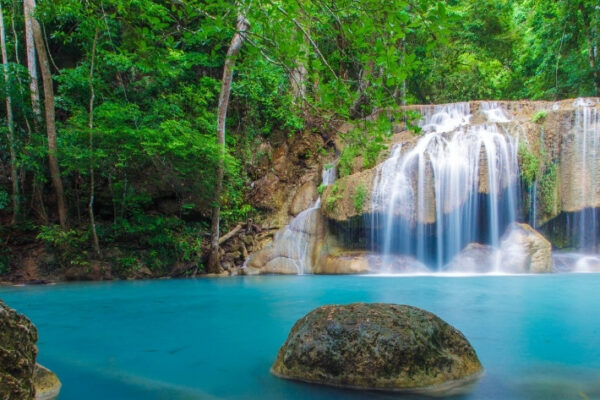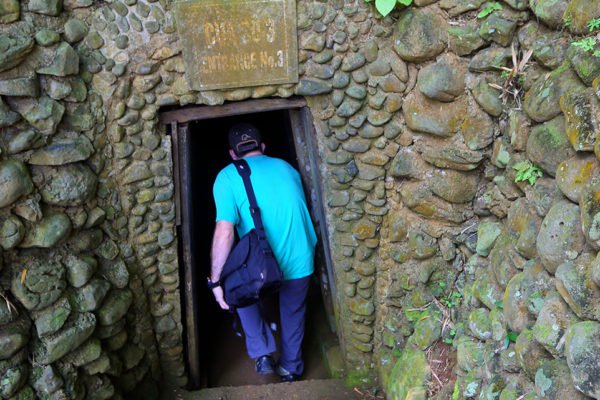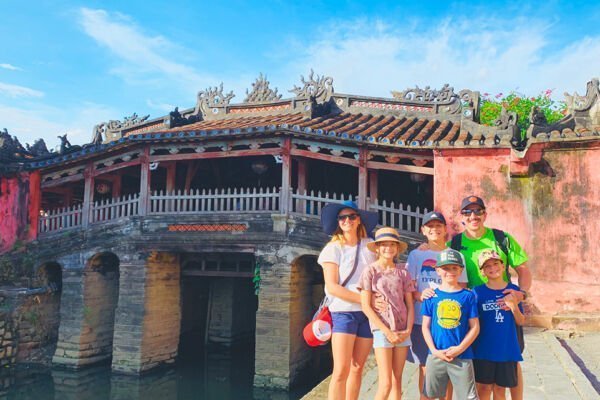Homestays in Vietnam: Worth the Experience or Overrated for Luxury Seekers?
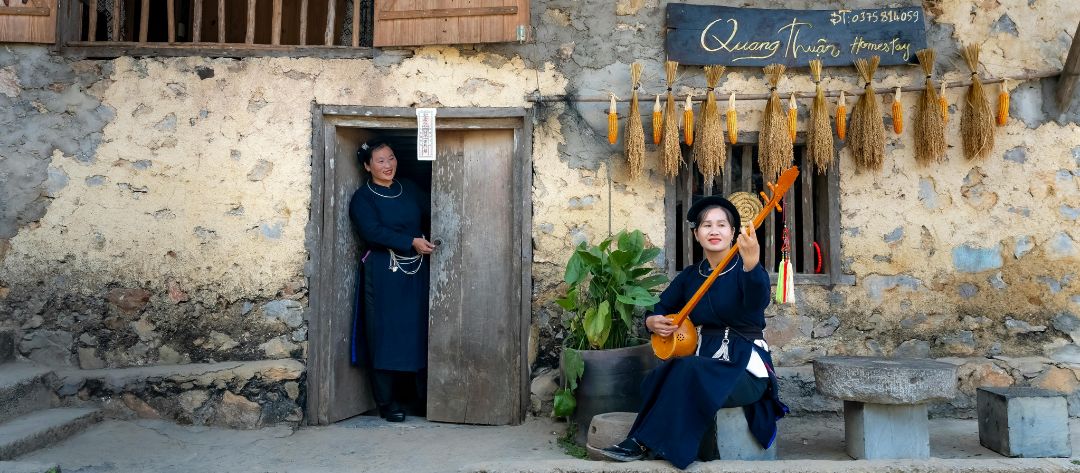
The modern traveler seeks more than luxury—they seek meaning. And homestays, at first glance, offer just that: a bridge into local life, far removed from the polished surfaces of premium hotels. But while the idea is appealing, the reality is often more complex. Are homestays in Vietnam a rewarding chapter in one’s travel story—or simply a romantic notion best left on the page? Here, we take a closer look at the promise, the pitfalls, and the options for travelers who value both substance and sophistication.
Homestay in Vietnam: A Glimpse Into the Simpler Side of Travel
Imagine trading the hum of hotel elevators for the echo of roosters at dawn, or replacing lobby check-ins with warm handshakes from a Vietnamese grandmother offering you sweet ginger tea. That’s the essence of a homestay in Vietnam—a stay not just in a place, but in someone’s home, woven with tradition, simplicity, and hospitality.
A Vietnamese homestay typically means you’ll be welcomed into a family’s house—sometimes a stilt home in the northern mountains, sometimes a riverside cottage deep in the Mekong Delta. You’re not just lodging there; you’re sharing space, stories, and sometimes even chores. It’s an invitation to see life as it is, unpolished and unscripted.
How Homestays in Vietnam Work for Travelers
While the idea of staying in a Vietnamese homestay may sound like something straight out of a travel documentary, the actual logistics are a mix of heartwarming simplicity and real-world planning. Unlike traditional hotels or resorts, homestays are highly personal, less structured, and deeply rooted in local culture, which is both their charm and their challenge.
Here’s how the experience generally unfolds for travelers.
Step 1: Booking a Homestay

Most homestays can now be booked through:
- Online platforms like Booking.com, Agoda, Airbnb, and Vietnam-specific travel sites
- Tour operators or local travel agencies (many community-based ones don’t advertise online)
- Word of mouth or spontaneous bookings during trekking tours in places like Sapa or Ha Giang
That said, not all listings include detailed information or accurate photos, so it’s wise to book through a trusted travel designer who vets each stay for quality and authenticity.
Step 2: What’s Included in a Typical Homestay?
Though each homestay is different, most offer a package that includes:
- A basic private or shared room (usually with mosquito nets and a fan, rarely air conditioning)
- Shared bathroom facilities (sometimes Western-style, often squat toilets)
- Homemade meals—breakfast and dinner are often included
- Opportunities to join local life—farming, cooking, fishing, or cultural exchanges
Don’t expect luxury linens or spa treatments—do expect gracious hospitality and lots of food.
>> Read More: How To Plan A Trip To Vietnam – Step-by-Step Guide For An Unforgettable Journey
The Unique Benefits of Staying in a Vietnamese Homestay
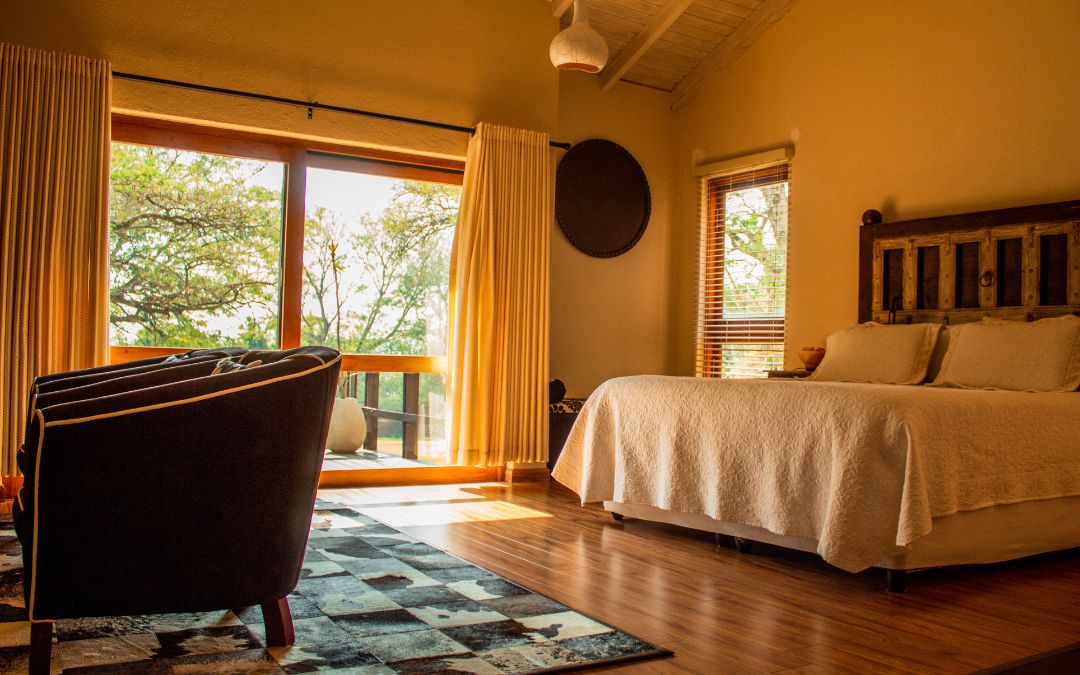
Let’s explore why some adventurers say their homestay was the most memorable part of their entire Vietnam journey.
Immersive Cultural Experience
Forget guided tours and museum walk-throughs. A homestay gives you the rare opportunity to step into someone’s daily life.
- Join your host in the kitchen as they grind spices with a mortar and pestle
- Share a bowl of fragrant canh chua (sour soup) over stories of the village
- Wake to the sound of bamboo flutes or temple gongs rather than hotel alarms
This isn’t just observing culture from a distance. It’s rolling up your sleeves, digging into sticky rice with your hands, and helping to tend the morning herb garden. You don’t just see Vietnam—you feel it.
Unique, Off-the-Grid Locations
Homestays are often nestled in regions most tourists never reach—villages without neon signs or souvenir shops, where nature is untamed and traditions are fiercely alive.
Some standout locations include:
- Sapa and Ha Giang: Stilt houses among terraced rice paddies and misty peaks
- Pu Luong Nature Reserve: Bamboo huts overlooking lush valleys and waterfalls
- Mekong Delta villages: Homes perched beside river canals, complete with coconut groves and floating markets
- Central Highlands (like Kon Tum): Ethnic minority villages with gongs, wood carvings, and communal longhouses
These places aren’t just scenic—they’re soulful. And a homestay lets you soak it all in at your own rhythm.
Support for Local Families and Communities
Homestays are often part of community-based tourism initiatives, meaning your stay directly benefits the host family and the surrounding village.
Your visit can:
- Provide income for families otherwise reliant on farming
- Empower women who run cooking classes, weaving demos, and herbal bath services
- Preserve cultural practices by creating value for traditions like folk singing, farming, and storytelling
- Encourage youth to stay local, as tourism offers employment alternatives
In a world of mass tourism and cookie-cutter tours, choosing a homestay is a powerful act of responsible travel.
Incredible Value for Money
One of the most practical advantages? Homestays are affordable—often costing between $10–$25 per night, with meals and even light excursions included.
What you often get for that modest fee:
- A private or shared room, often with traditional décor and mosquito nets
- Two hearty meals (dinner and breakfast) made with garden-fresh ingredients
- Access to nature walks, farming help, or cultural performances
- One-on-one connection with your hosts that’s truly priceless
You could spend $250/night on a boutique hotel and never feel the warmth or human connection that comes naturally in a humble Vietnamese home.
>> See Tour: Vietnam Family Adventure
However, Why Homestays in Vietnam Might Not Be for Everyone

As romantic as the idea of sleeping in a bamboo stilt house and eating with a Vietnamese family sounds, the truth is—homestays aren’t for everyone, especially not for travelers who are accustomed to private infinity pools, custom turndown service, or the quiet hum of central air conditioning.
While homestays offer a raw, real look at local life, they also come with their share of limitations, particularly for those who prioritize consistency, comfort, and convenience when they travel. Let’s break it down honestly.
Limited Privacy: Thin Walls, Shared Spaces
Unlike hotels or villas, homestays usually mean you’re part of the household, which sounds lovely in theory, but can feel invasive in practice.
- Private rooms may have paper-thin walls or open-air structures
- Shared bathrooms are common
- Family members (including children, pets, and the occasional rooster) might wander freely
If you’re used to spacious suites and exclusive lounges, this level of intimacy might not align with your expectations for rest and privacy.
Comfort Trade-Offs: Don’t Expect Plush Pillows
Forget memory foam and Egyptian cotton. Most homestays offer basic bedding, often consisting of a thin mattress on a wooden platform, minimal pillows, and a mosquito net.
Other comfort concerns include:
- There can be no air conditioning (especially in rural or mountainous areas)
- Limited hot water, or none at all
- No blackout curtains, soundproofing, or insulation from the elements
For some, this is all part of the adventure. But for high-income travelers seeking rejuvenation after long-haul flights or days of touring, the lack of comfort can become a dealbreaker.
Language Barriers: Lost in Translation
While many homestay hosts are kind, welcoming, and eager to engage, English is not always spoken, especially in remote areas. Communication challenges can lead to:
- Misunderstandings about meals, excursions, or house rules
- Difficulty expressing dietary needs or allergies
- Missed opportunities for deeper cultural exchange
Of course, gestures and smiles go a long way—but if you’re someone who values detailed conversations or clear service, language gaps can lead to frustration rather than fulfillment.
Unpredictable Standards: A Mixed Bag of Experiences
There’s no universal rating system for homestays. Some are incredibly well-managed and charming. Common inconsistencies include:
- Cleanliness: Some places are spotless; others may feel unhygienic
- Food quality: Home-cooked meals vary widely in taste and presentation
- Hospitality: Some hosts go above and beyond, while others are less engaged
Without proper vetting or recommendations, you may find yourself in a stay that doesn’t live up to your standards, and once you’re there, options can be limited.
Remote Locations: Getting There Is Half the Stress
While homestays offer a gateway to Vietnam’s untouched beauty, they are often tucked away in hard-to-reach places. That charm comes at a cost: logistics.
- Long car rides through mountainous terrain (sometimes up to 6–8 hours)
- Unreliable public transport
- Narrow village roads are unsuitable for standard transfers
- Spotty mobile reception and no Wi-Fi in some regions
For travelers short on time or seeking a seamless journey, the travel time and infrastructure challenges can feel more taxing than rewarding.
Luxury Alternatives for the Discerning Explorer
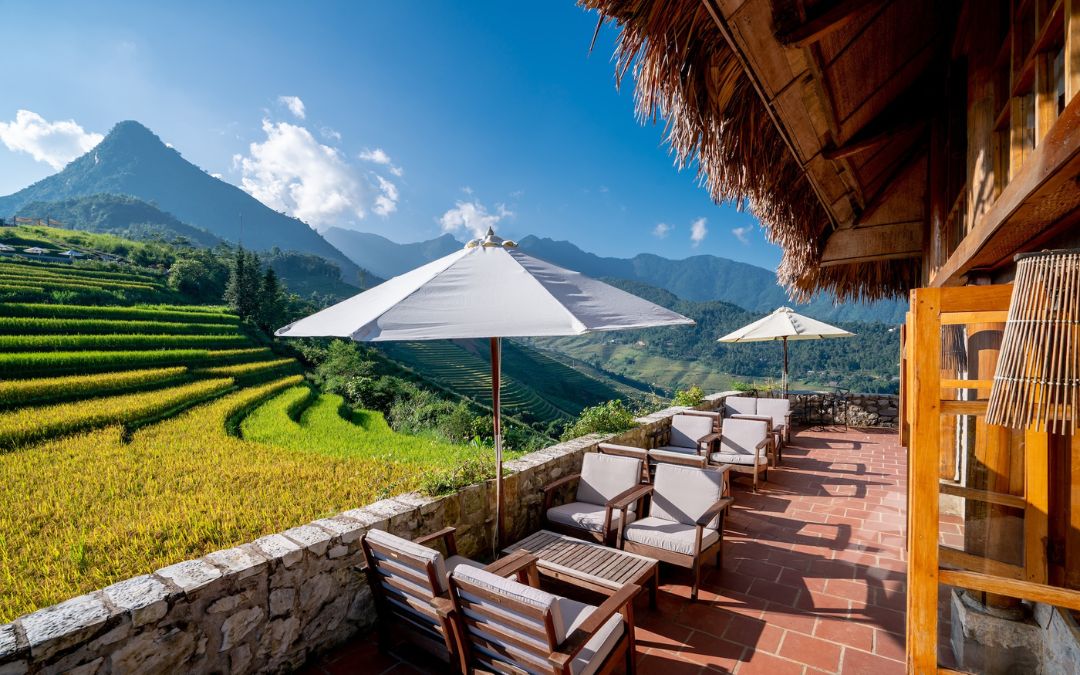
Not every traveler dreams of mosquito nets, shared bathrooms, or being woken by a rooster at 5 a.m. And that’s perfectly okay. For those who appreciate a more refined travel experience, the good news is that you don’t have to sleep on a wooden platform to connect with Vietnam’s heart and soul.
At Asia Pioneer Travel, we understand that luxury and authenticity don’t have to exist on opposite ends of the spectrum. We specialize in crafting tailor-made journeys that give you cultural immersion with elevated style, comfort, and privacy.
Here are four luxurious, experience-rich alternatives to traditional homestays—each designed for the discerning traveler who seeks meaning in every detail.
Boutique Eco-Lodges with Local Touches
If you crave a deeper connection to Vietnam’s landscapes and local heritage—but don’t want to give up soft linens or hot rain showers—boutique eco-lodges are your sweet spot.
Take Pu Luong Retreat, perched above terraced valleys in Thanh Hoa province, where traditional wooden bungalows merge seamlessly with dramatic rice fields. Or consider Mai Chau Ecolodge, which offers stunning stilt-style architecture, cultural performances, and lush gardens—all backed by thoughtful service and plush bedding.
These places combine:
- Scenic seclusion without sacrificing comfort
- Locally sourced cuisine, often crafted from the lodge’s own gardens
- Eco-conscious design that reflects Vietnam’s traditions and landscapes
- Guided cultural experiences—treks, handicraft workshops, and village visits
Curated Cultural Day Visits, Not Overnight
Want to experience village life without giving up the creature comforts of a five-star stay? That’s where our curated cultural day visits shine.
Instead of sleeping in a rustic homestay, you can:
- Spend a morning learning to make sticky rice cakes with a local family
- Join a traditional farming or fishing activity in a countryside village
- Share a communal meal with your hosts and listen to their life stories
Then, as the sun dips behind the rice paddies, we’ll bring you back to your resort, where a private bath, glass of wine, and turn-down service await.
This is the perfect solution for:
- Travelers who want to connect deeply, but briefly
- Families with young children or elderly members
- Anyone who values meaningful encounters—on their own terms
Private Villas and Residences
For travelers who want it all—authenticity, luxury, and complete privacy—private villas offer a magnificent solution. These hand-picked accommodations allow you to explore Vietnam with a dedicated team attending to every need: from in-villa breakfasts to private guides and chefs.
Whether you’re sipping Vietnamese drip coffee on a beachfront terrace in Hoi An, or lounging beside your plunge pool in a Hue countryside residence, the experience is utterly bespoke.
Here’s what you can expect:
- Locally inspired architecture and decor
- On-demand cultural activities like lantern-making, calligraphy, or cooking classes
- A full team: chef, driver, housekeeper, and host
- Seamless access to curated excursions and local artisans
It’s the Vietnamese version of luxury home living, with depth, soul, and style.
Small Luxury Hotels with Local Flair
For those who prefer hotels over homestays—but still crave cultural character and charm—Vietnam is home to a growing selection of boutique luxury properties that tell stories through design, cuisine, and service.
Some standout choices:
- Pilgrimage Village in Hue – A peaceful sanctuary that fuses heritage architecture, spa indulgence, and Vietnamese hospitality
- Tam Coc Garden in Ninh Binh – Nestled amid limestone karsts and lotus ponds, this hidden gem offers countryside calm with refined touches
- An Lam Retreats, Hoi An Chic, and Azerai properties – Known for blending minimalist luxury with deep cultural roots
These hotels offer:
- Authentic ambiance without compromising modern amenities
- Gourmet restaurants featuring regional dishes reimagined
- Tranquil settings close to cultural attractions—without the crowds
- Spa experiences, private guides, and personal service from check-in to farewell
Travelers might feel like part of Vietnam’s story—but from a plush seat, not the kitchen floor.
>> See Tour: Vietnam Luxury Tour
The Best of Both Worlds: Designed Just for You
At Asia Pioneer Travel, we believe that travel should be personalized, not one-size-fits-all. Whether you dream of spending an afternoon farming with locals or simply want to enjoy cocktails overlooking stunning rice terraces, our travel designers are skilled at blending luxury with cultural authenticity.
Ready to travel Vietnam in your way? Tell us your wishes and let us create a tailor-made journey that matches your travel style—comfort, culture, and class, perfectly balanced.
